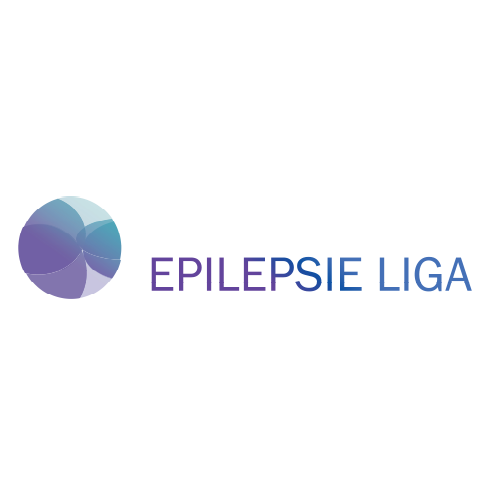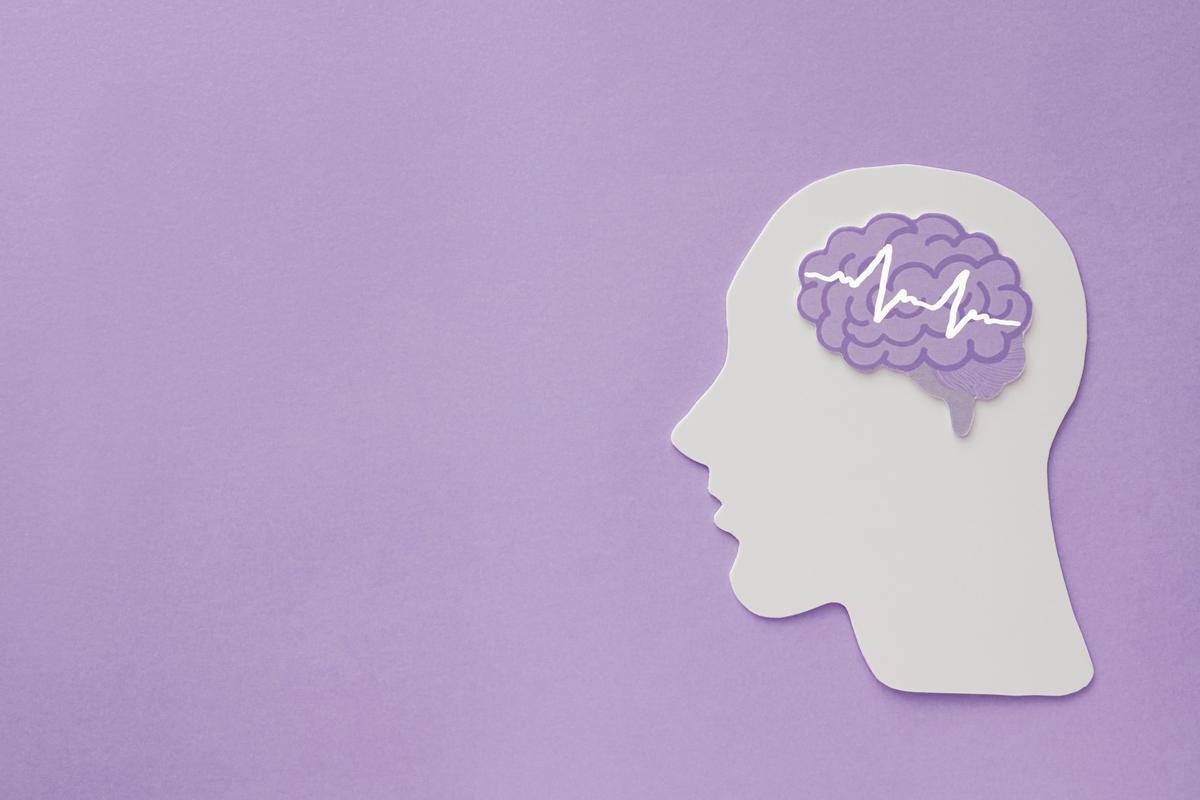Myth 1 - Epilepsy is a rare disorder
Epilepsy occurs in 1 in 200 adults and approximately 1 in 150 children worldwide. So it is definitely not rare. Epilepsy is in fact the second most common brain disorder, after migraines. In our country there are more than 60,000 people with some type of epilepsy.
The cause of epilepsy is located in our brain. In people with epilepsy, there is a repeated type of ‘short circuit' in the brain: a sudden abnormal discharge in a group of nerve cells. This discharge triggers a reaction or a seizure.
Myth 2 - An epileptic seizure is always accompanied by a loss of consciousness and convulsions
Epileptic seizures can take different forms. We can distinguish two types of seizures, depending on where the malfunction starts in the brain: focal and generalised seizures.
Focal seizures start in specific part of the brain. During some focal seizures you remain conscious and you can observe the attack itself, for example in the form of emotional reactions (e.g. fear), physical reactions (e.g. sweating) or sensory stimuli (e.g. seeing light flashes). A focal seizure can also cause a reduction of loss of consciousness, such as not reacting to being addressed or unconsciously performing actions.
"If the breakdown of a focal attack spreads, the seizure can develop into a bilateral tonic-clonic seizure in which you become unconscious and make jerky motions", says professor Jansen. "It's this type of ‘big seizure’ that many people associate with epilepsy, even though there are a lot of different types of seizure."
Generalised seizures start spread over both hemispheres of the brain. Even within this group there are six types of seizures, including some with loss of consciousness.
Myth 3 - Epilepsy does not have a big impact on school performance
The impact of epilepsy on attending school, is different for every child. A number of factors play a part in this, such as the number and the severity of epileptic seizures. Children with epilepsy have often trouble with concentration assignments and tasks that test the working memory, but certain anti-epilectic drugs can also have a negative impact on cognitive functions. The exact impact of all these thing varies greatly from child to child.
Children with epilepsy can attend school normally, although it is super important that both school and the teacher team are well informed. prof. dr. Katrien Jansen
prof. dr. Katrien Jansen
Professor Jansen: "Children with epilepsy can attend school normally. Although it is super important that both the school and teacher team are well informed, for examply about what epilepsy is exactly, and how you should react to the possible seizures. For them, we have put together quite some information on our web page 'Een kind met epilepsie op school'. In addition to background info, you will also find tips on how to support a student with epilepsy and some handy documents to fill-out."
If the epilepsy is slow or difficult to control, extra support in regular education or a pathway in special education may be a good option. This sometimes has an unfairly negative connotation: because of the adapted educational structure, multidisciplinary teams and smaller groups, there are often more opportunities in special education for a child with epilepsy to learn at his or her own pace.
Myth 4 - Exercise with epilepsy is dangerous
Exercise is healthy for eveyone, also when you suffer from epilepsy. The chance of having a seizure while exercising are rather small: activity and exertion often suppress the seizures. You're more like to have a seizure shortly after exercising, as a result of the transition between exertion and relaxation.
"In any case, it is important to exercise within the right framework and in good conditions, because a seizure can never be ruled out," Professor Jansen said. "For example, make sure other people are around and provide enough time to warm up and cool down."
Some sports also carry more risks than others, depending on what might happen in the event of an attack. Be sure to discuss this with your doctor, depending on your type of epilepsy and seizure control.
Myth 5 - If you have epilepsy, you can't get a driver's licence
If you are seizure-free for a certain period and meet the necessary conditions, you can be declared fit to drive even with epilepsy and get a temporary driving licence. The first time, this driver's licence is valid for a maximum of one year. After that, in most cases, you will get a fit to drive certificate for up to five years after the last seizure, subject to satisfactory checks.
However, from the moment a person has an epileptic seizure, they are not allowed to drive a motorised vehicle until another medical examination is done. It is always the doctor that decides whether you are fit to drive a car or not. It is also possible that you get a driver's licence with limitations, e.g. for driving during the day, or driving within a certain distance, no driving on motorways ...
Good to know: you don't need to take the driver's test every time you have to get a new temporary driver's licence.
Want to find out more?
On the website of the Epilepsie Liga Vlaanderen you can find more information about anything concerning epilepsy.

